
Red Hot Poker Plant: A Comprehensive Guide to Growing and Caring for Kniphofia
Introduction
Have you ever seen a plant that looks like it’s on fire? The red hot poker plant, known scientifically as Kniphofia, is one of those stunning plants. With its vibrant, torch-like flower spikes, it can bring any garden to life. This perennial is not just beautiful; it’s also a bee-friendly favorite. By attracting pollinators, it plays a vital role in your garden’s ecosystem. In this guide, we’ll cover everything you need to know about growing and caring for the red hot poker plant.
To get your garden off to a great start, consider investing in Red Hot Poker Plant Seeds. These little gems will ensure you have a vibrant garden that attracts butterflies and bees, turning your backyard into a pollinator paradise!
Summary and Overview
The red hot poker plant, or Kniphofia, belongs to the Asphodeloideae family. Native to Africa, it thrives in sun-soaked, Mediterranean-like environments. Typically, these plants grow in well-drained soils on sunny slopes or riverbanks. Growing red hot poker plants can enhance your garden’s aesthetics while providing a habitat for pollinators.
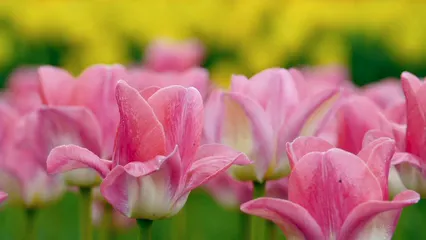
In this article, we’ll explore key topics such as ideal growth conditions, different varieties, and essential care practices. Whether you’re a seasoned gardener or just starting, this guide will help you successfully grow and maintain your own red hot poker plants.
Understanding the Red Hot Poker Plant
Origin and Characteristics
The red hot poker plant is native to various regions across Africa. It thrives in environments that mimic Mediterranean climates, which typically feature dry summers and wet winters. This plant flourishes on rugged slopes and riverbanks, where it benefits from well-drained soil and ample sunlight.
Physically, red hot poker plants can grow between 3 to 4 feet tall. They sport vibrant flower spikes that can be red, yellow, or even green. The flowers bloom in the summer, adding a pop of color to your garden. These plants form clumps and develop horizontal rhizomes, allowing them to survive as perennials. They may die back in winter, but they return with vigor in spring.
Species and Varieties
The genus Kniphofia boasts around 150 known species, each offering unique characteristics. The most common species is Kniphofia uvaria, which features bright red to yellow flowers and can reach heights of 3 to 4 feet.
Notable varieties include:
- ‘Papaya Popsicle’: This variety has stunning salmon-pink flowers that fade to apricot, standing at around 1.5 feet tall.
- ‘Ice Queen’: With its elegant white flowers, this variety grows between 3 to 4 feet in height.
- ‘Royal Standard’: Known for its striking yellow, orange, and red flowers, it reaches about 2.5 to 3 feet.
- ‘St. Gall’: This frost-hardy variety features bright orange flowers and grows to a height of 2 to 2.5 feet.

Each of these varieties has distinct traits and may have specific growing requirements, making them versatile options for any garden.
Growing Red Hot Poker Plants
Ideal Growing Conditions
Red hot poker plants prefer a warm climate with full sun. Aim for at least six hours of sunlight daily. They thrive best in well-drained soil, as waterlogged roots can lead to rot. A sandy or loamy soil mix works wonders. If your soil is heavy, consider adding organic compost to improve drainage.
The ideal pH level for these plants ranges from 6.5 to 8. You can test your soil with a simple kit to ensure it’s within this range. If needed, amend the soil with lime to raise the pH or sulfur to lower it. For more information on proper soil management, check out our guide on soil pH testing and adjustment for optimal plant growth.
Understanding the importance of soil pH is crucial for the health of your plants. soil pH testing and adjustment for optimal plant growth

To create optimal growth conditions, choose a sheltered spot away from strong winds. This will help the plants establish themselves. Mulching around the base with organic mulch can help retain moisture and regulate soil temperature. Remember, red hot poker plants are drought-tolerant once established, so don’t overdo it with watering.
Planting Techniques
The best time to plant red hot poker plants is in mid-May, after the risk of frost has passed. Choose a sunny location and dig holes that are twice as wide as the root ball. Space the plants about 24 inches apart to allow for their clumping habit.
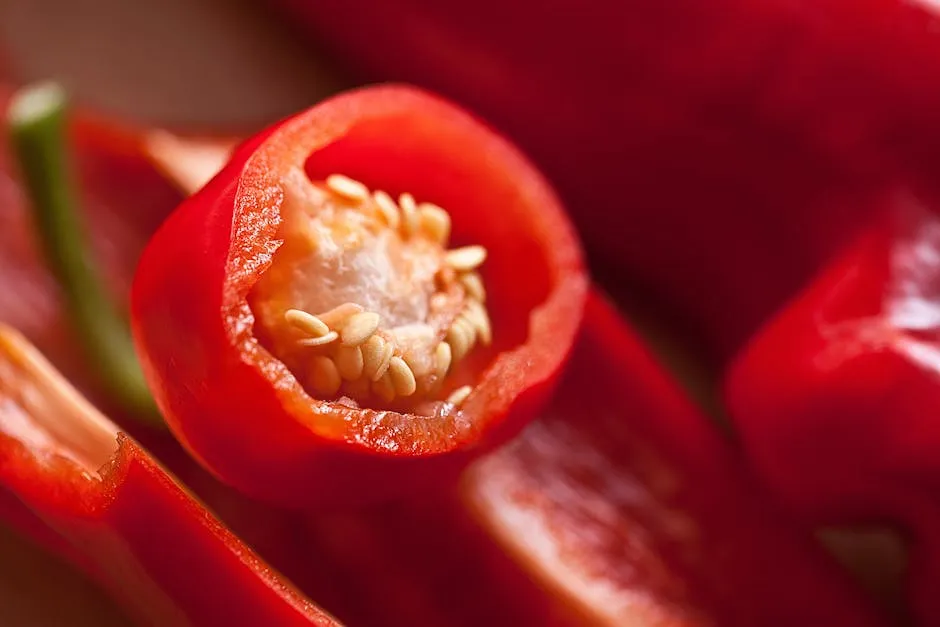
When planting, ensure that the crown of the plant is level with the soil surface. This promotes healthy growth. After planting, water the area thoroughly to help settle the soil around the roots.
Consider applying a layer of mulch to keep the soil moist and suppress weeds. Water regularly during the first few weeks to establish roots. Once established, these plants require less frequent watering.
Watering and Maintenance
Red hot poker plants need regular watering during their growing season, especially in hotter months. Aim for consistent moisture without waterlogging the soil. A good rule of thumb is to water when the top inch of soil feels dry.
Signs of overwatering include yellowing leaves and a mushy base. Conversely, underwatering may cause wilting or browning tips. Adjust your watering schedule based on rainfall and temperature.
For maintenance, fertilize in early spring with a balanced fertilizer to encourage blooming. Deadheading spent flowers will promote more blooms and keep the plant looking tidy. Regularly check for pests and remove any dead foliage to maintain plant health.

Don’t forget to protect your hands while gardening! A pair of durable gardening gloves can help you tackle those thorny plants without turning your hands into a pin cushion.
Companion Planting
Suitable Companion Plants
Red hot poker plants pair beautifully with various garden companions. Consider planting alongside grasses like pampas grass or feather grass. They share similar light and water needs, creating a harmonious garden aesthetic.
Flowering plants such as bearded iris, daylilies, and lavender also thrive next to red hot poker plants. These companions not only look great together but also attract pollinators. To learn more about effective planting strategies, you can explore our article on companion planting strategies for increased yield.
Companion planting can significantly enhance the productivity of your garden. companion planting strategies for increased yield
However, be cautious of plants like asters, which may compete for resources. Ensuring that companion plants have similar requirements will help your garden flourish while minimizing competition.
For those who want to keep their garden organized, consider using plant labels to mark your various plants and make your gardening experience a breeze!
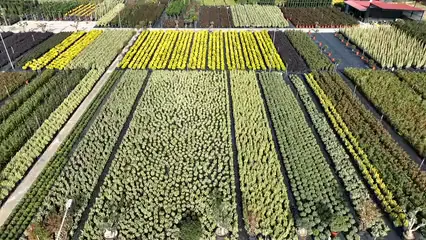
Container Gardening
Growing Red Hot Poker in Pots
Growing red hot poker plants in containers offers several advantages. First, it allows you to control soil quality and drainage, essential for these vibrant beauties. Containers also make it easier to move plants to optimal sun exposure or shelter from harsh weather. Plus, they can add a striking focal point to patios or balconies.
When choosing a pot, go for one that’s at least 12 inches deep and wide. This size provides enough space for root growth. Use a potting mix that combines 60% organic compost with 40% coarse materials like potting mix with perlite. This blend promotes good drainage while supplying necessary nutrients.
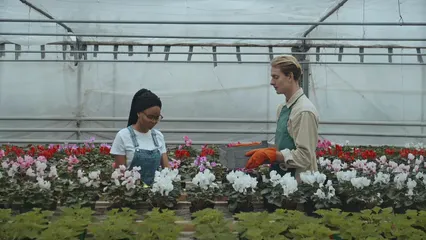
Caring for potted red hot poker plants requires some attention, especially in winter. If you live in colder climates, consider moving pots to a sheltered area. Apply a layer of mulch on top of the soil to help insulate roots. During winter, reduce watering but ensure the soil doesn’t completely dry out. By following these tips, your potted red hot poker plants will thrive and bring vibrant color to your space year after year.
Propagation Techniques
Methods of Propagation
There are two primary methods for propagating red hot poker plants: seed propagation and division. Seed propagation is a longer process but can be rewarding. Start by cold stratifying seeds for about six to eight weeks at 5°C. After that, you can sow them indoors in February or directly into the garden in April. Keep the soil moist, but avoid covering the seeds.
On the other hand, division is a quicker way to propagate. In April, after cutting back the foliage, gently divide established clumps into smaller sections. Ensure each section has healthy shoots and roots. Plant these divisions back into the ground or into pots.
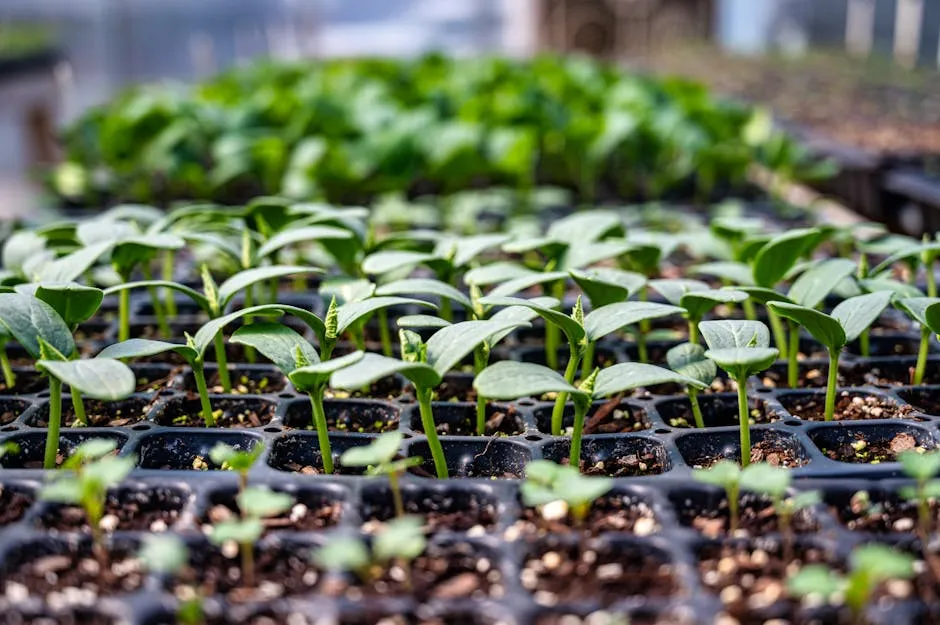
The best times for propagation are early spring for division and late winter to early spring for seeds. Both methods will lead to healthy new plants. Just remember to care for them as they establish, providing adequate water and sunlight. With a little patience, you’ll have more red hot poker plants in no time!
For those looking to dive deeper into their gardening journey, consider keeping a gardening journal to track your progress and jot down notes about your plants’ growth and care!

Winter Care and Hardiness
Preparing for Winter
Red hot poker plants are conditionally hardy and can tolerate temperatures as low as -17.8°C with proper care. To prepare for winter, it’s essential to protect them from harsh conditions. Start by leaving the flower spikes and foliage intact, as they can shield the base of the plant from cold.
Mulching around the base with organic material provides additional insulation. In extreme conditions, consider covering the plants with spruce branches or leaves. This layer helps prevent moisture accumulation, which can lead to rot.
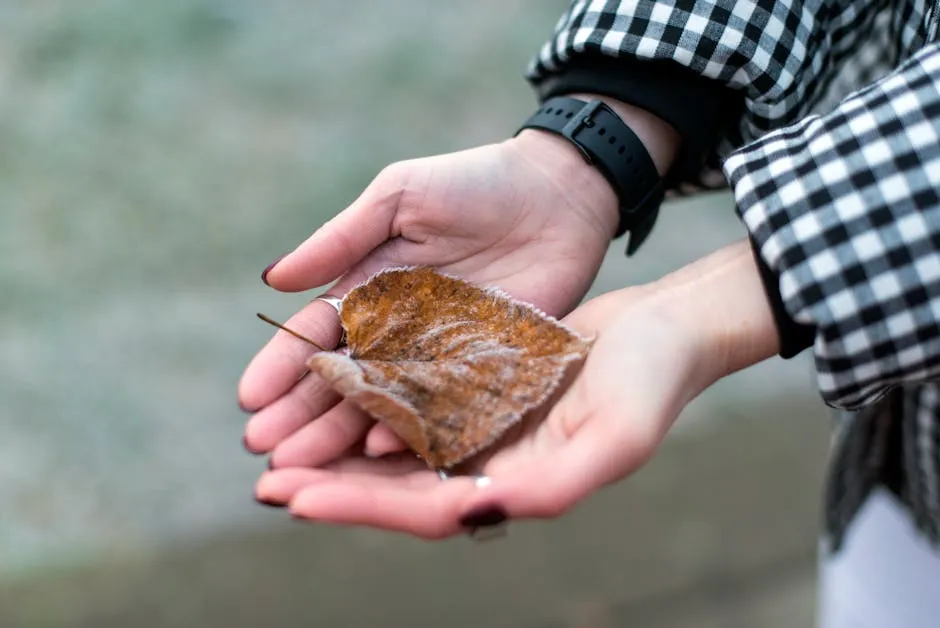
For potted red hot poker plants, maintain a cooler environment with temperatures between 5-10°C. They can tolerate light frost, but be cautious of heavy freezes. Reducing watering during winter is key, as the plants are dormant. By following these winter care tips, your red hot poker plants will remain healthy and vibrant when spring arrives.
Toxicity Concerns
Are Red Hot Poker Plants Poisonous?
Many gardeners worry about plant safety, especially around pets and children. The good news is that red hot poker plants are completely safe. They pose no toxicity risks to your furry friends or little ones. So, you can plant these vibrant beauties without concern. Enjoy their stunning colors and the joy they bring to your garden, knowing everyone can safely admire them.
FAQs
What is a red hot poker plant?
The red hot poker plant, known scientifically as Kniphofia, belongs to the Asphodeloideae family. It features tall, colorful flower spikes that attract pollinators.
How do I care for red hot poker plants?
These plants thrive in full sunlight and well-drained soil. Water regularly during the growing season but avoid overwatering.
When is the best time to plant red hot poker plants?
The ideal time to plant red hot poker plants is in mid-May. By this time, the risk of frost has typically passed. In warmer climates, you can even plant them in early spring. These vibrant perennials thrive when given a head start in the growing season. If you’re in a cooler area, wait until the soil is warm. This helps the plants establish strong roots before summer heat sets in.
Can red hot poker plants be grown indoors?
Yes, red hot poker plants can be grown indoors, but they need specific conditions. They require bright, direct sunlight for at least six hours daily. A south-facing window is ideal. Use a well-draining potting mix to prevent waterlogging. Make sure the pot has drainage holes to let excess moisture escape. Indoor humidity should be moderate; if your home is dry, consider misting the leaves. Regularly check for pests, as indoor plants can attract unwanted visitors. With the right care, you can enjoy these stunning flowers indoors.
What pests or diseases affect red hot poker plants?
Red hot poker plants can face a few common pests and diseases. Aphids and spider mites are frequent offenders. These pests can cause leaf curling and discoloration. To prevent infestations, regularly inspect your plants and remove any affected leaves. Neem oil or insecticidal soap can help control pests. Fungal diseases like root rot can occur if the soil is too wet. To avoid this, ensure proper drainage and avoid overwatering. Additionally, keep an eye out for leaf spot diseases. These can be minimized by ensuring good air circulation around the plants. Healthy plants are less prone to disease, so regular maintenance is key.
How do I attract pollinators with red hot poker plants?
Creating a pollinator-friendly environment with red hot poker plants is easy and rewarding. Start by planting them in sunny spots, as bees and butterflies love warm, bright areas. Group multiple plants together to create a vibrant display; this makes it easier for pollinators to find food. Consider adding other pollinator-friendly plants, such as lavender or bee balm, nearby. These plants bloom at different times, providing a continuous food source. Avoid using pesticides, as they can harm beneficial insects. Instead, embrace natural pest control methods. By fostering a diverse garden, you’ll attract bees, butterflies, and hummingbirds, enhancing your garden’s beauty and ecosystem.
Please let us know what you think about our content by leaving a comment down below!
Thank you for reading till here 🙂 And if you’re looking for a way to keep your garden flourishing year-round, consider a Indoor Herb Garden Kit to enjoy fresh herbs right from your kitchen!
All images from Pexels



